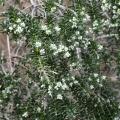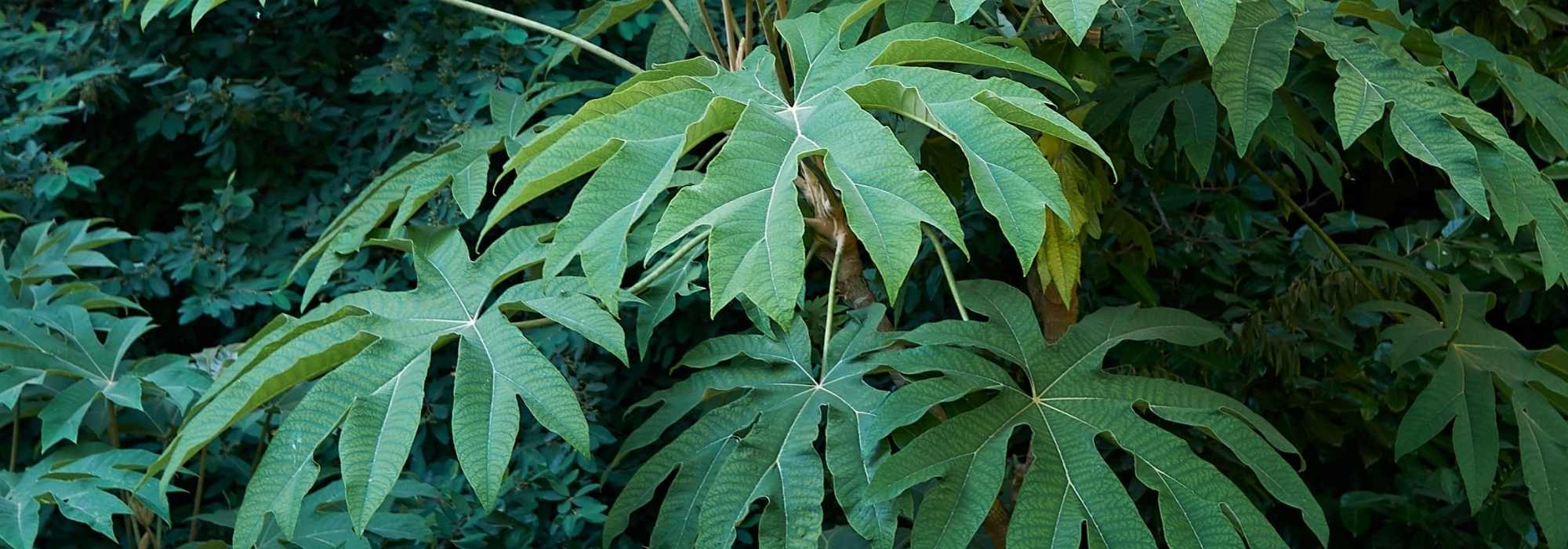Tetrapanax
Would this plant suit my garden? Set up your Plantfit profile →
Available in 3 sizes
The Tetrapanax, is a semi-perennial - semi-bushy plant with a very exotic appearance and it is hardy up to -15°C (5°F) if chosen from horticultural selections like 'Steroidal Giant'. It belongs to the Araliaceae family and somewhat resembles an oversized Fatsia japonica with its luxuriant appearance. The Tetrapanax genus only has one or two species, both native to Southeast Asia, but there are beautiful cultivars whose size varies from 1.50m (5ft) to 4 or 5m (13 or 16ft) in all directions. The Tetrapanax leaves, extremely ornamental due to their size, fan-like arrangement, cut and texture, can be evergreen or deciduous depending on the severity of the climate. The silver young shoots unfold into large palmate leaves that can reach 80cm (32in) in length in the Tetrapanax 'Rex'. The plant rarely flowers, but its long white inflorescences are spectacular when they appear in autumn or winter.
This plant is almost irreplaceable for ornamenting a semi-shaded courtyard, a patio, or a corner of a terrace. It can also be planted within a bed of exotic-looking plants that are quite hardy, such as bananas, Colocasia, Beschorneria yuccoides, Melianthus major, or Chamaerops humilis.
Be sure to provide it with a fairly deep, well-drained, fertile garden soil and shelter it from the wind as this would damage its large leaves.
Haven't found what you were looking for?







































































































































































































































































